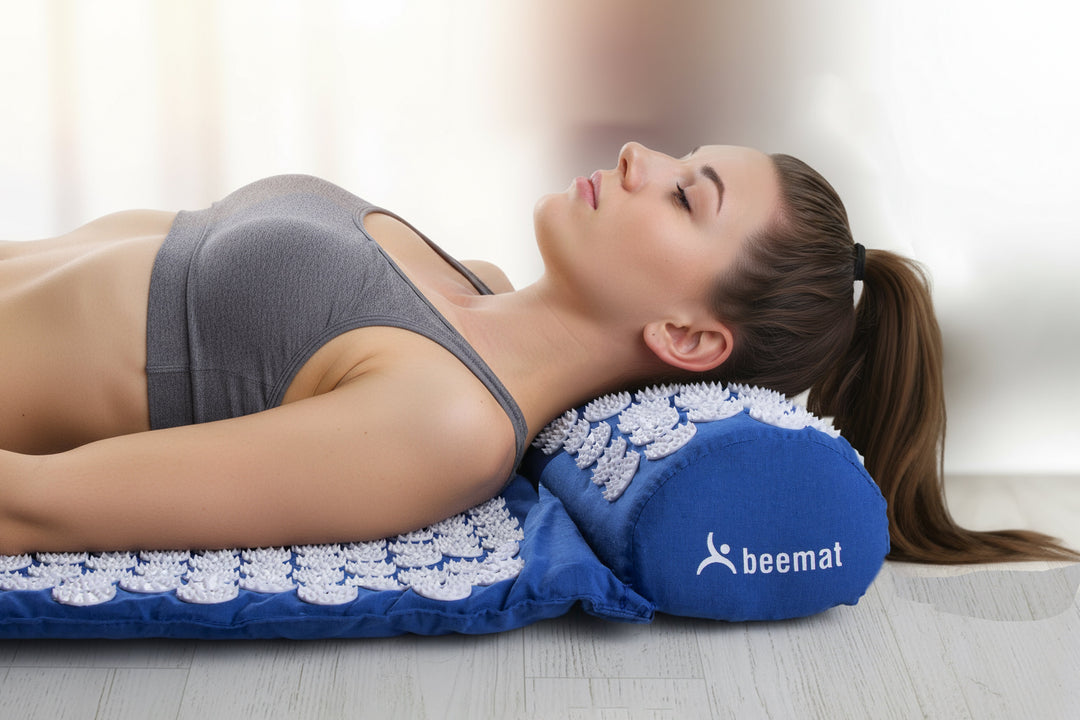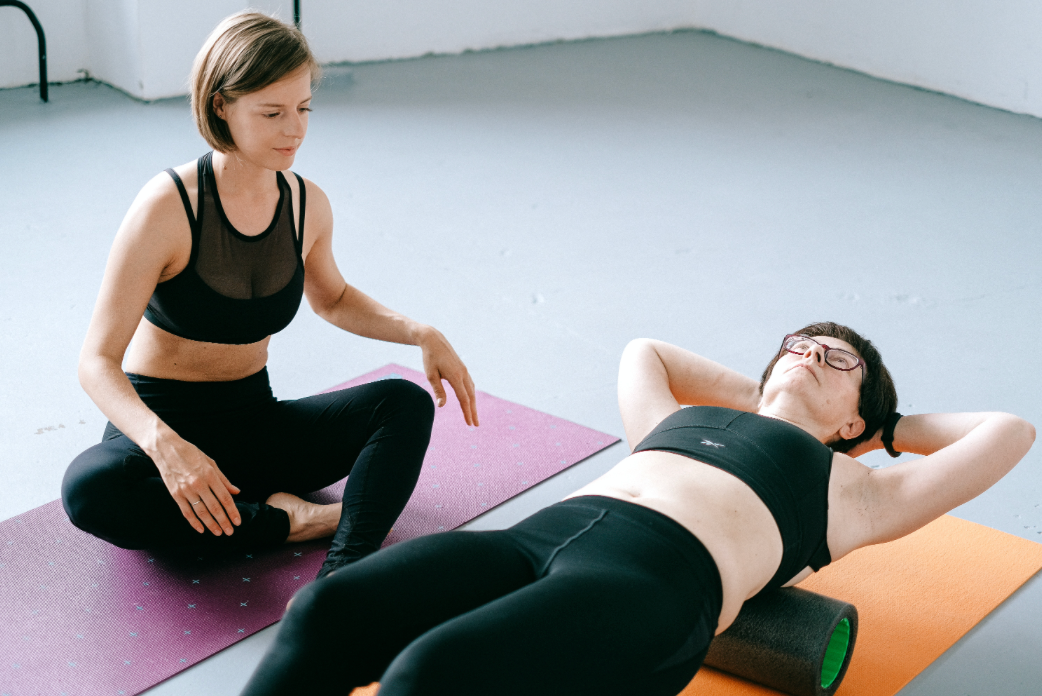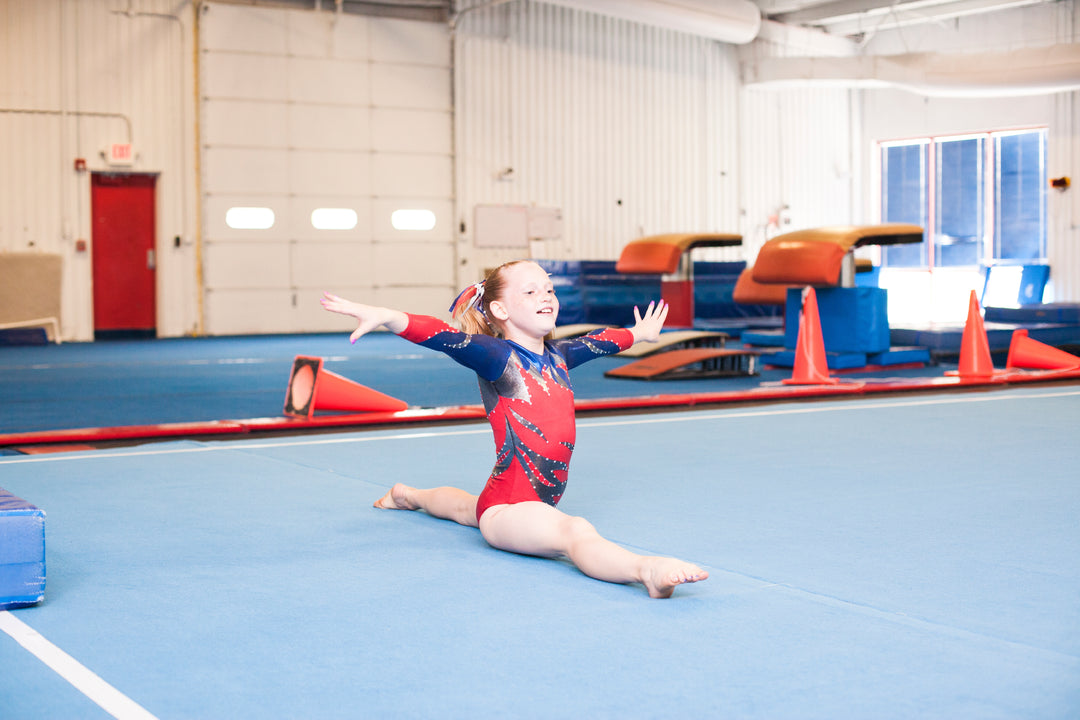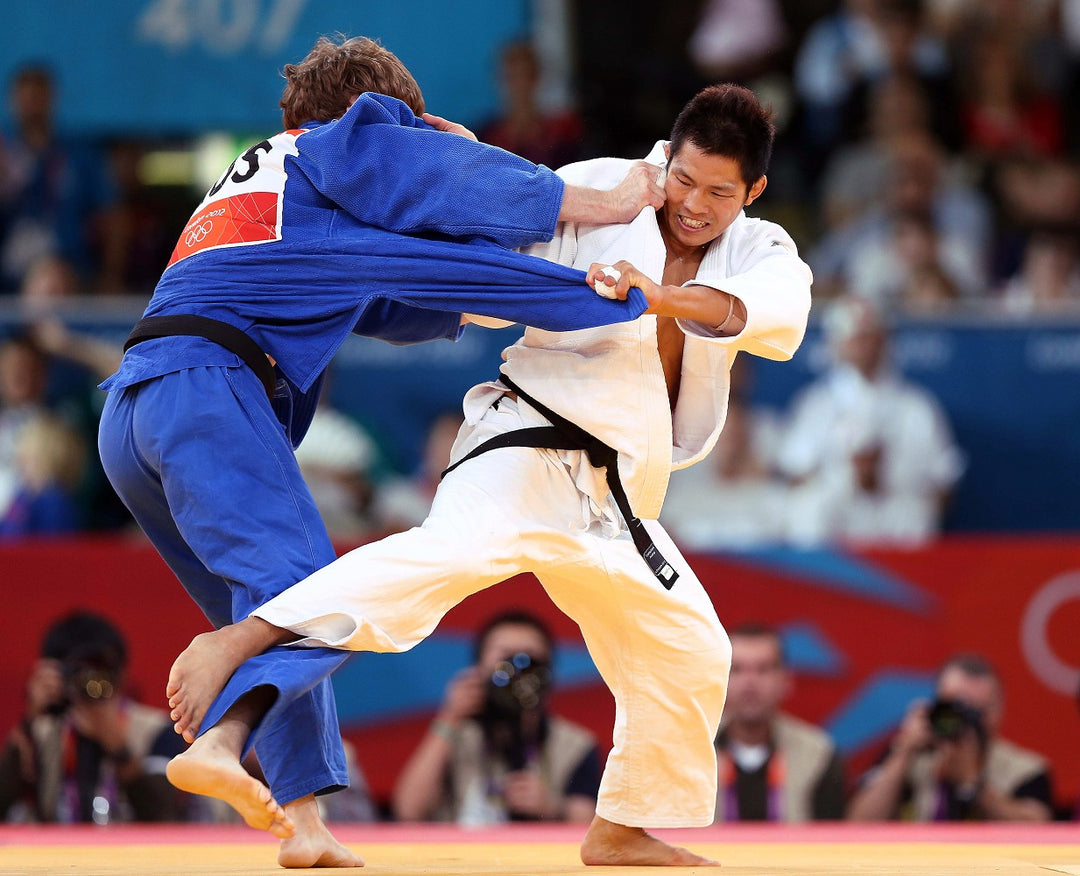What Are Yoga Blocks Used For?
Yoga blocks are more than just accessories for beginners—they are versatile tools that can transform your yoga practice. Designed to provide support, enhance alignment, and increase comfort, these small yet mighty blocks cater to practitioners of all skill levels. Whether you’re just starting out or you’re a seasoned yogi, yoga blocks can help you refine your poses, overcome limitations, and deepen your practice.
Our blog explores the practical uses and benefits of yoga blocks, with a focus on how they make yoga accessible for everyone, particularly professionals who might be looking to manage stress, improve posture, or incorporate more movement into their daily lives.
Why Use Yoga Blocks?
Yoga blocks are essential tools that bridge the gap between your body’s current capabilities and your yoga goals. Here’s why they’re useful:
- Improved Alignment: Proper alignment is key in yoga to avoid injury and achieve the full benefit of each pose. Yoga blocks act as an extension of your body, helping you achieve alignment even in challenging positions.
- Enhanced Flexibility: If tight muscles or limited range of motion prevent you from reaching the floor or holding a pose, blocks offer the support you need to complete the movement while maintaining proper form.
- Added Support for Accessibility: Yoga blocks make yoga more accessible for individuals with limited mobility, injuries, or physical conditions that affect flexibility.
- Deeper Stretching: When used correctly, yoga blocks can deepen your stretches safely without the risk of overextension.
Practical Uses of Yoga Blocks
1. Support in Standing Poses
Standing poses often require balance, strength, and flexibility. Yoga blocks provide stability while helping maintain alignment.
Example Pose: Triangle Pose (Trikonasana)
Using a block in triangle pose can support your lower hand, allowing you to maintain balance and lengthen your torso without compromising your alignment. Place the block next to your front foot, adjust its height, and rest your hand on it as you extend the other arm upwards.
2. Assistance in Forward Folds
Forward folds can be overwhelming for those with tight hamstrings or lower back issues. Yoga blocks offer a much-needed hand in such cases.
3. Deepening Backbends and Chest Openers
Yoga blocks are excellent for opening up the chest and deepening gentle backbends, which is especially valuable for people who sit for long hours.
4. Aid in Restorative Yoga
Restorative yoga often incorporates yoga blocks to support poses designed for relaxation. For professionals juggling high-pressure schedules, these poses promote mindfulness and physical recovery.
5. Improving Arm Balances
When you’re ready to attempt arm balances or weight-bearing poses, yoga blocks can help you build the strength and confidence needed to master them.
6. Support in Downward Dog
This classic yoga pose requires strength and flexibility in the shoulders and hamstrings. A block can offer support to those still building these qualities.
How to Choose the Right Yoga Block
Choosing the right yoga block depends on your personal preferences, needs, and the type of practice you plan to do.
Material
Foam: Lightweight, affordable, and comfortable, foam blocks are ideal for beginners and restorative practices.
Cork: Heavier and more durable, cork blocks provide better stability but might be less comfortable in some poses.
Wood: Solid and sturdy, wooden blocks are preferred for advanced practice and professional studios.
Size
Standard yoga blocks typically measure 9 x 6 x 3 inches. If you have smaller hands, consider thinner blocks, whereas larger blocks may work better for taller individuals.
Function
Choose a material and size based on whether you need more support, additional height, or extra comfort.
Benefits of Yoga Blocks for Beginners and Professionals
Yoga blocks aren’t just for beginners; they are valuable tools for anyone looking to enhance their practice. Here’s why they’re a great fit for professionals:
- Stress Management: Yoga poses supported by blocks help ease muscle tension and quiet the mind, making them perfect for reducing workplace stress.
- Improved Posture: Poses that incorporate yoga blocks help combat poor posture caused by hours at a desk, relieving shoulder and back strain.
- Accessible Anywhere: Lightweight and portable, yoga blocks can be used at home, in the office, or even while travelling.
Tips for Incorporating Yoga Blocks Into Your Practice
- Start with a few basic poses, like triangle pose or seated forward fold, to familiarise yourself with the blocks.
- Focus on alignment and listen to your body—use the block to assist, not to push beyond your limits.
- Incorporate blocks into stretches or relaxation poses for an extra dose of mindfulness.
Yoga blocks are reliable companions on your yoga journey, offering support, alignment, and flexibility in every pose. Whether you’re easing into yoga for the first time or looking to refine your existing practice, these versatile tools empower you to move safely and confidently.
If you’ve never used yoga blocks before, why not make them part of your next session? Discover how they can help you stretch deeper, balance better, and feel more in tune with your mind and body. Once you experience the benefits, you’ll wonder how you practised without them.
Shop at Beemat to find the perfect yoga blocks for your practice!







